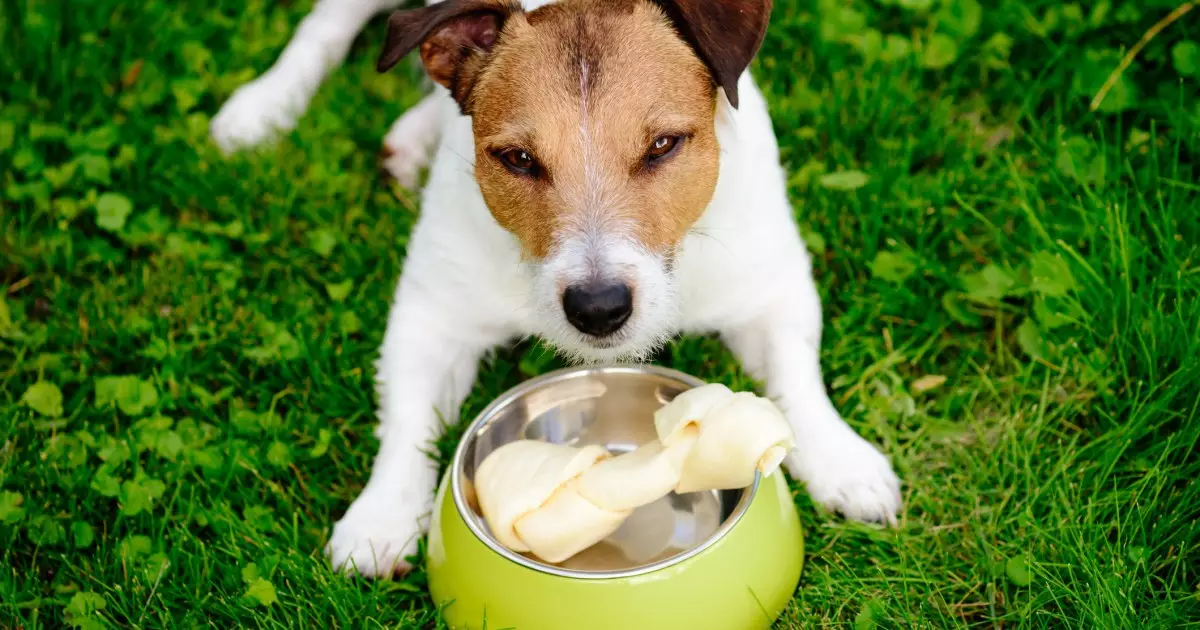Resource guarding is a behavior exhibited by many dogs, characterized by an aggressive urge to protect something deemed valuable. Common targets of this protective instinct include food, toys, and cozy resting spots. This behavior usually surfaces when an individual—be it another pet or a person—encroaches upon the dog’s perceived territory around these treasured possessions.
Dogs are inherently territorial creatures, a trait inherited from their wild ancestors. In nature, a dog that proved incapable of defending its food or toys faced dire consequences, such as hunger or vulnerability to predators. This primal instinct remains influential even in domesticated dogs, manifesting itself in various ways. For instance, consider a Cocker Spaniel growling protectively over its bowl or a Labrador Retriever displaying aggressive behaviors toward anyone nearing its beloved tennis ball. These signs—growling, lip curling, or freezing—are cues that indicate the dog may lash out if their comfort zone is breached.
Importantly, resource guarding can also stem from learned behaviors. A dog’s perspective often includes past experiences, like the notion that relinquishing a toy may lead to it being permanently taken away. Such experiences foster a belief that aggressive behavior is necessary to secure their possessions.
When dealing with a resource guarding issue, it is critical to recognize the potential dangers involved. Attempting to intervene without professional guidance can result in injury—both to the dog and the person trying to help. A competent animal behaviorist is advisable when addressing these issues, as they can tailor an approach specific to the dog’s needs and temperament.
Desensitization stands as the most effective method for mitigating resource guarding. Rather than inducing fear through punitive measures, the goal is to create positive associations between the guarded item and the presence of a person. A dog that has previously experienced scolding or harsh treatment for resource guarding only learns to associate aggression with safeguarding their belongings, which can intensify the behavior rather than alleviate it.
To begin the desensitization process, owners should navigate their dog’s guarding triggers cautiously, particularly during mealtime. Start at a safe distance—where the dog remains relaxed and shows no signs of defensive posturing. This distance may vary among dogs and can change based on the dog’s familiarity with their owner. Offering higher-value treats than what is currently in the food bowl can encourage a positive interaction. As the dog grows accustomed to the presence of their owner near their food, gradually reducing the distance can help further establish trust.
Playing with less favored toys can be an effective strategy to assess the severity of a dog’s guarding behavior. Begin by distracting them with a treat, encouraging them to let go of the toy to enjoy their reward. This act reinforces the idea that relinquishing a toy need not incite panic; rather, it results in a positive experience.
Resource guarding often extends beyond toys and food; dogs may become defensive of their resting areas. When approaching a guarded bed or favorite lounging spot, it helps to bring along enticing treats with a strong scent. Reward the dog while they remain in their spot, allowing them to associate positive experiences with human approaches. This gradual conditioning, practiced consistently, will foster a sense of security over time.
The entire desensitization process can span weeks or even months. Patience is essential, as the aim is not instant results but a steady progress that leads to significant behavioral changes. Starting this process during the puppy stage holds significant advantages, as young dogs are highly impressionable and can more readily adopt new lessons. Teaching commands like “off” and “leave it” in conjunction with rewarding desirable behaviors can be invaluable, paving a road toward improved canine behavior.
Spaying or neutering pets is another step that can influence overall temperament and reduce aggression associated with resource guarding. This procedure often leads to a calmer demeanor in pets and can diminish their need to assert dominance over possessions.
Ultimately, resource guarding in dogs stems from their intrinsic instincts to protect what they value. Through careful, systematic desensitization and positive reinforcement techniques, dog owners can facilitate a shift toward a more relaxed and trusting relationship between their pets and the humans in their lives. The objective is to foster a peaceable existence where both dogs and their owners coexist harmoniously, free from the fear of aggression over possessions.

